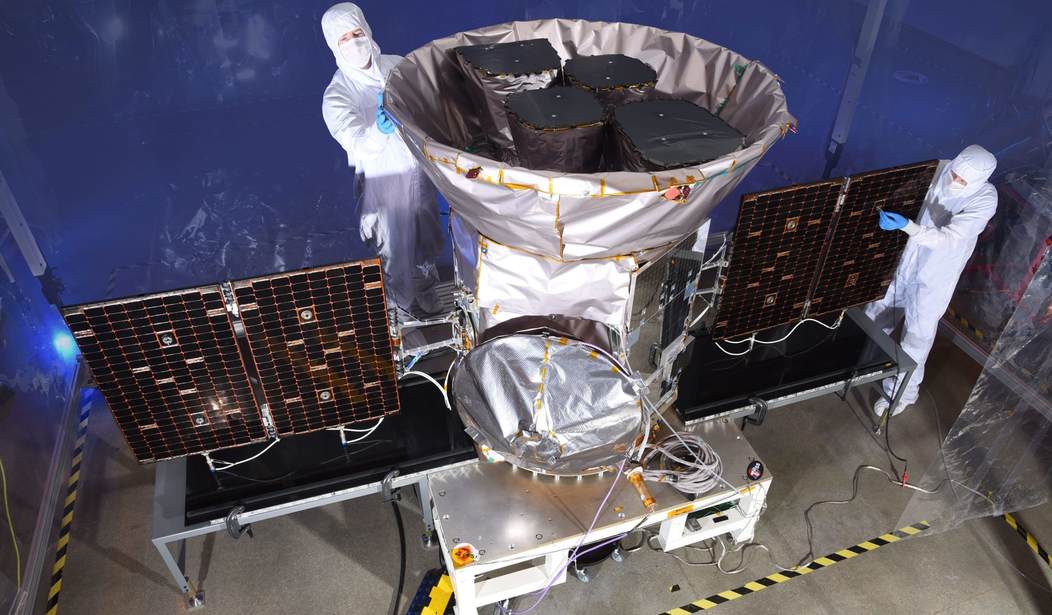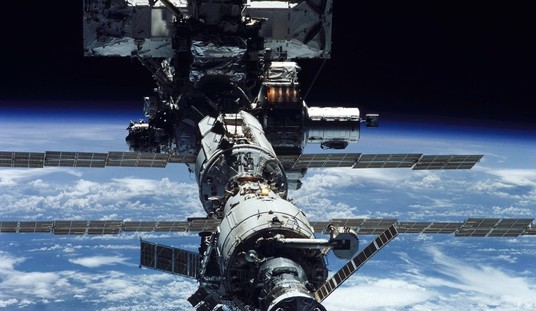The Transiting Exoplanet Survey Satellite (TESS) which launched last month promises to revolutionize the science of planet hunting and perhaps even find that elusive analog to earth.
The Transiting Exoplanet Survey Satellite (TESS), which launched last month on a mission to find alien worlds circling stars close to the sun, zoomed within about 5,000 miles (8,000 kilometers) of the moon yesterday (May 17), NASA officials said.
This long-planned “gravity assist” maneuver was designed to help TESS reach its final science orbit, a long and looping path around Earth that no spacecraft has ever occupied before.
“This highly elliptical orbit will maximize the amount of sky the spacecraft can image, allowing it to continuously monitor large swaths of the sky,” NASA officials wrote in a statement today (May 18).
TESS will perform one last engine burn on May 30 to reach this orbit, they added. The spacecraft is expected to begin its two-year science mission in mid-June, after wrapping up calibration and commissioning work with its four onboard cameras.
Such work is already underway. TESS has snapped its first test image with one of those cameras, NASA officials announced today. The photo, which was taken on April 26, is centered on the southern constellation Centaurus and shows more than 200,000 stars.
The Kepler space telescope has discovered about 2500 exoplanets but almost all of them unfriendly to life as we know it. What has scientists excited about TESS is that its four cameras will be able to scan far more of the sky and its next-generation instruments should be able to detect smaller Earth-like planets.
TESS is expected to match or exceed Kepler’s haul in total numbers, mission team members have said. And because TESS will focus on stars in the sun’s neighborhood, astronomers will be able to study some of these newfound worlds in depth using other instruments.
For example, NASA’s $8.8 billion James Webb Space Telescope, which is scheduled to launch in 2020, should be able to probe the atmospheres of at least a few TESS planets, looking for water vapor, oxygen, methane and other gases that could be signs of a habitable (or possibly even inhabited) environment.
The Webb telescope should be able to image individual exoplanets — if it works. The telescope was supposed to launch into space in 2016 but massive delays have led to a doubling in cost with no guarantee that it will fly in 2020.
We are getting closer to the day when we’ll be able to image an Earth-like planet. It may not have life, but trying to unlock its secrets could lead to extraordinary insights about the nature — and frequency — of life in the universe.











Join the conversation as a VIP Member